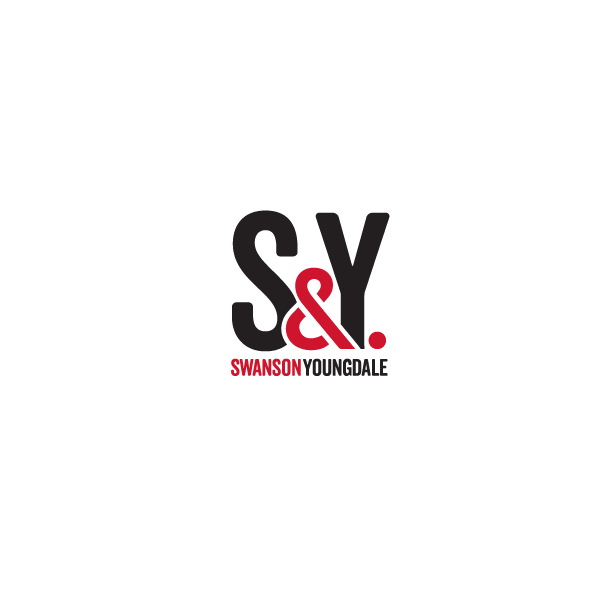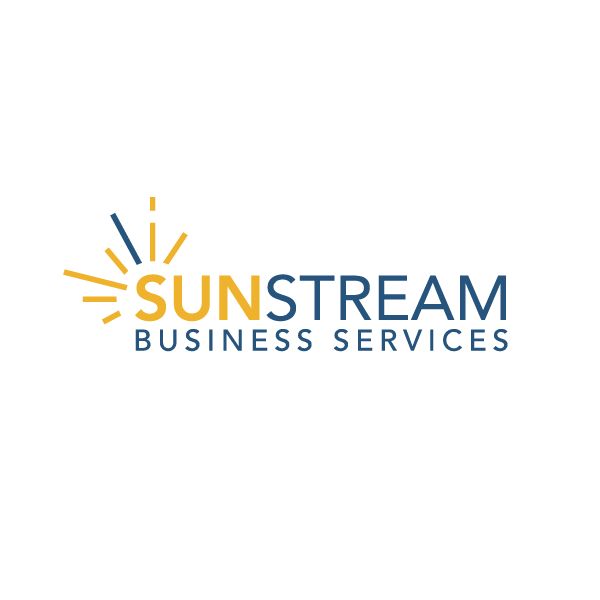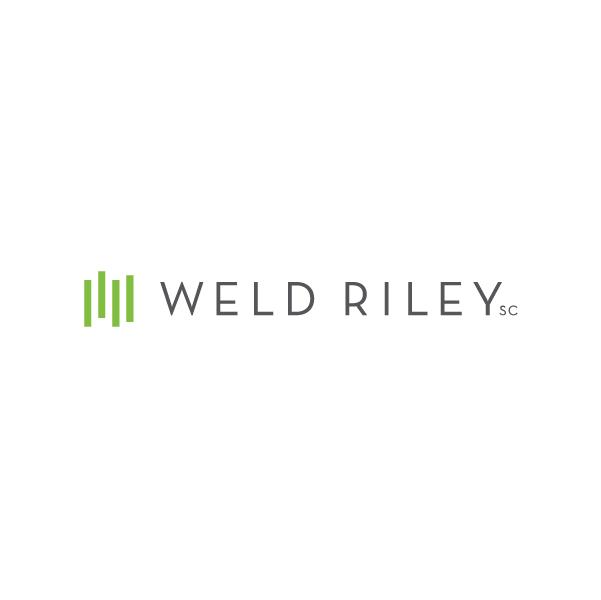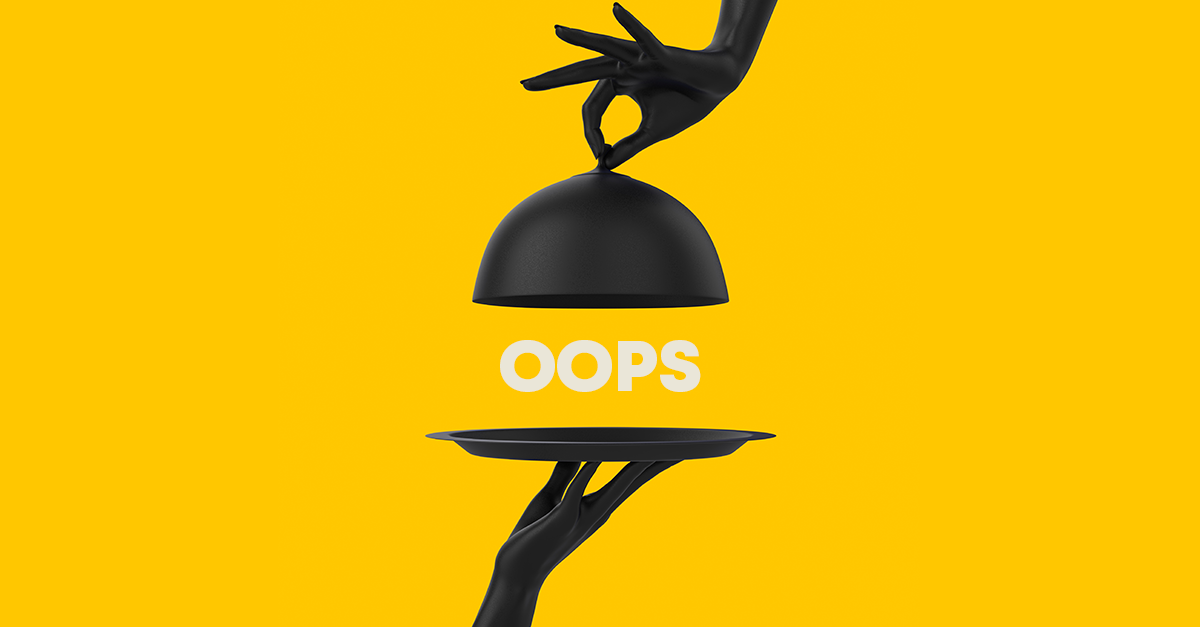Picture this: Your company introduced some new products thanks to your brilliant R&D team. Or you’ve acquired a new business that fits with your long-term growth goals. Or your brand looks like it was last updated in 2004. Whatever the reason, your leadership team has finally given you the green light (and ponied up the dough) for updating your brand.
Then you hire an agency because it’s a big gnarly job to create a brand that truly reflects who you are and differentiates you from your competition. After a few months, your killer new brand is ready to be revealed and you’re super stoked to introduce it to the world. Your higher-ups are ready, too. So, you hastily push it out into the world. Without first launching it internally.
Big mistake.
As a branding and marketing agency, we’ve seen this scenario play out more than once. And each time, we die just a little bit inside. It’s like remodeling your house and neglecting to fix the leaky roof.
How can a successful company with smart leaders let this happen? Seems like a no-brainer, right? Not always. Timelines are tight and bigwigs are chomping at the bit for an “R” on their “I”. (Side note: Calculating ROI on a branding initiative can be tricky, but it’s doable—more on that later).
Even if there was time, some might have other reasons for skipping the ultra-critical internal launch. Some think employees will get the gist along the way—as customers and other stakeholders are learning about it. And while they might pick up a few things, it’s not the stuff that really makes a difference.
Others might not know how to approach an internal launch. The good news is that your agency team can help. They will likely build this step into their initial plan, knowing it takes prep time and people power. This is not about sending a few emails and calling it done. Employees will need training, guidelines, and if you’re up for it, some sort of event. You want to get them thinking, talking, and excited about it.
Your employees are the backbone and frontline of your company—especially if you’re a service-only organization. But even if you make products, you rely on people. And if those people aren’t buying into what you’re doing, the effects will be felt both internally and externally.
Getting internal buy-in is more than just telling them how it’s going to be. They want to be included in the decision-making process along the way. Or at least have their voices heard, even if their ideas aren’t always implemented. Engaged employees make for strong teams, all pulling together for the same cause. Working for a successful company they are proud of is a big deal, not just because it pays the bills—they want the feeling of working together in a positive environment with all cylinders running in harmony.
They’ll not only enjoy their jobs more, but they’ll collaborate more readily with each other without being asked. They’ll be more productive because they want to feel like they’re part of something bigger. They’ll trust their managers and look forward to coming to work. They’ll simply be better at their jobs.
Internal communication is the foundation on which all of this is built.
When developing your master branding update plan, build in a week or two for rolling it out internally—before going public. Plan a kickoff meeting or event that works best with your office structure. If people are scattered in various places, set up an all-company video call where you can walk through the new brand with a slideshow or other props.
If everyone can attend in person, even better. Have some swag made ahead of time and distribute it before or during the kickoff. If new signage is part of the rebrand, reveal that. If an external launch campaign is in the cards, show them what it looks like. If it’s as simple as a press release, share that too.
Then allow time and space for feedback and discussion. Ideally, everyone was involved at some point along the way through interviews or surveys. They’ll want to see if their voices were heard and how their thoughts and ideas were incorporated. Give them as much detail as possible about how and why you made certain decisions. The more they understand, the better ambassadors they’ll be.
Below are some examples of companies that have done it right. Be inspired by them. And talk to us if you need more ideas. The more you communicate internally, the more success you’ll have externally.
Success stories

Before the S&Y management team introduced their new commercial painting, drywall and industrial coatings brand externally, they threw a launch party for their employees and invited their agency (us!). The company leaders wanted to acknowledge everyone who had a part in the project, including the 84% who shared their thoughts about the culture and brand in a survey. They celebrated with food, drinks, t-shirts for everyone, and a reveal of their fleet redesign—an important part of their brand. They’re high-end service providers, after all, so their vehicles better look good.

SunStream wanted their employees involved from the very beginning of the brand development for their new business division. In addition to collecting their thoughts and ideas via survey at the beginning of the project, the financial services company chose a small group people to be present for the initial creative presentation we gave. After they’d whittled down their new logo design to three finalists, their executive board asked all employees to vote for their favorite. Then, just before launch day, they gathered everyone for a catered lunch where we walked them through the process, the visual brand, and its core principles. Pens, notepads, mugs with the new logo brought the brand to life.

A law firm with a lot of partners (and a lot of opinions), Weld Riley appointed a 14-member committee to take on the name change, logo development, and rebranding effort. Upon completion, they revealed everything at their quarterly all-company meeting in an informative, uplifting video. The meeting and video served as a rallying point for the whole team and as a kickoff for their next big undertaking—a shiny new website.
ROI hack
68% of companies across industries report that brand consistency has contributed to 10-20% of their revenue growth.* When working to convince your budget gatekeepers that a branding update is a good investment, calculate your marketing to sales ratio and compare your temporary increase in costs to your long-term revenue growth projections. See this tip sheet for an example.
We’ve seen firsthand, through our branding experience with companies of various sizes in various industries, that a little bit of employee input and engagement goes a long way toward a successful brand refresh.
*Provoke Insights, February 2021
![cat[&]tonic](https://cat-tonic.com/wp-content/uploads/candt_logo-rw.png)




